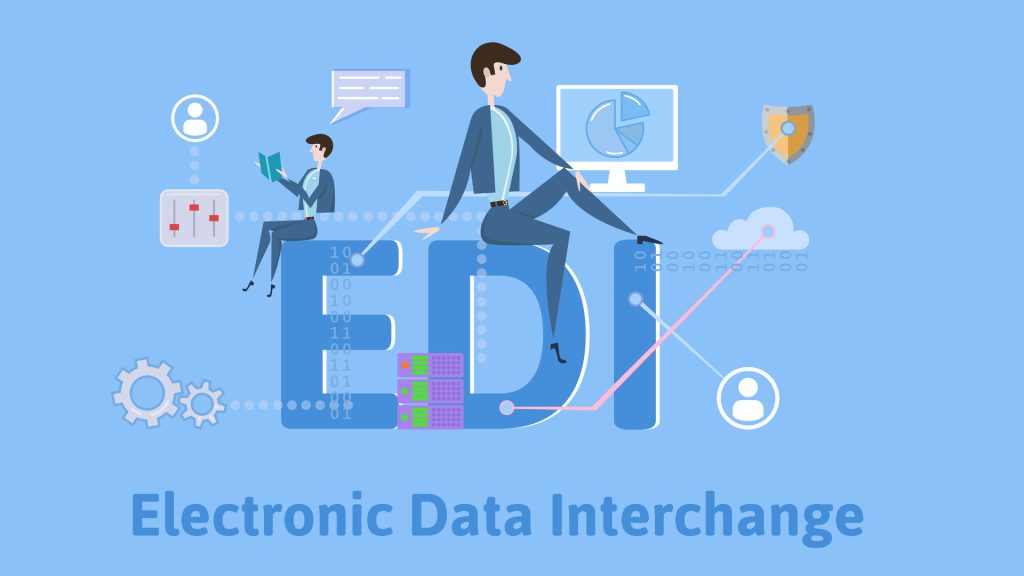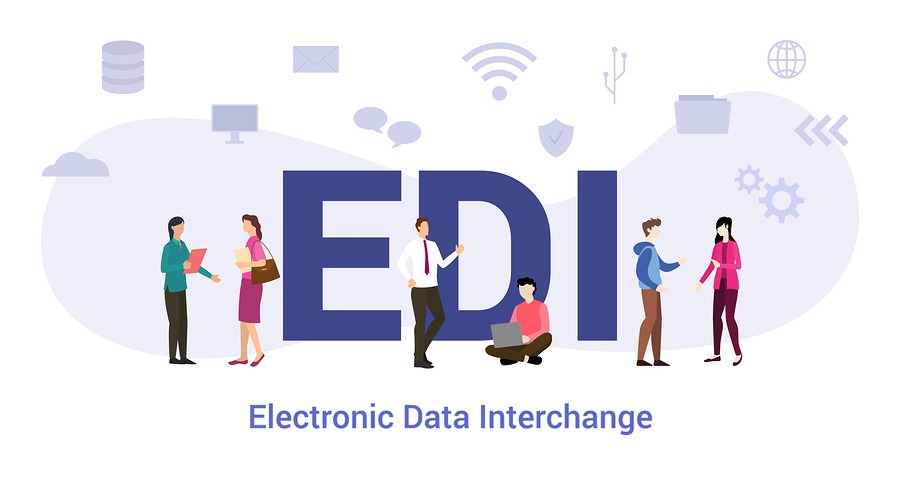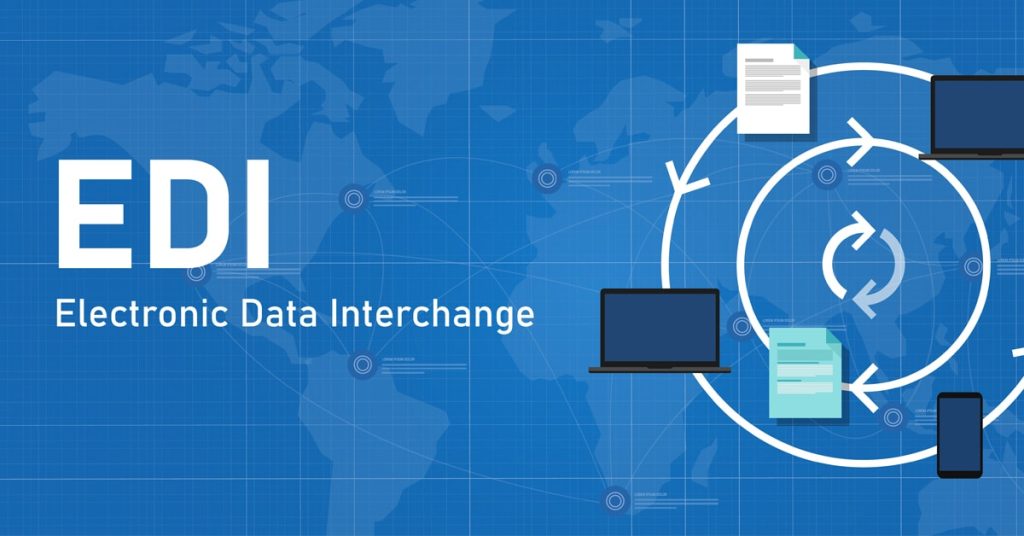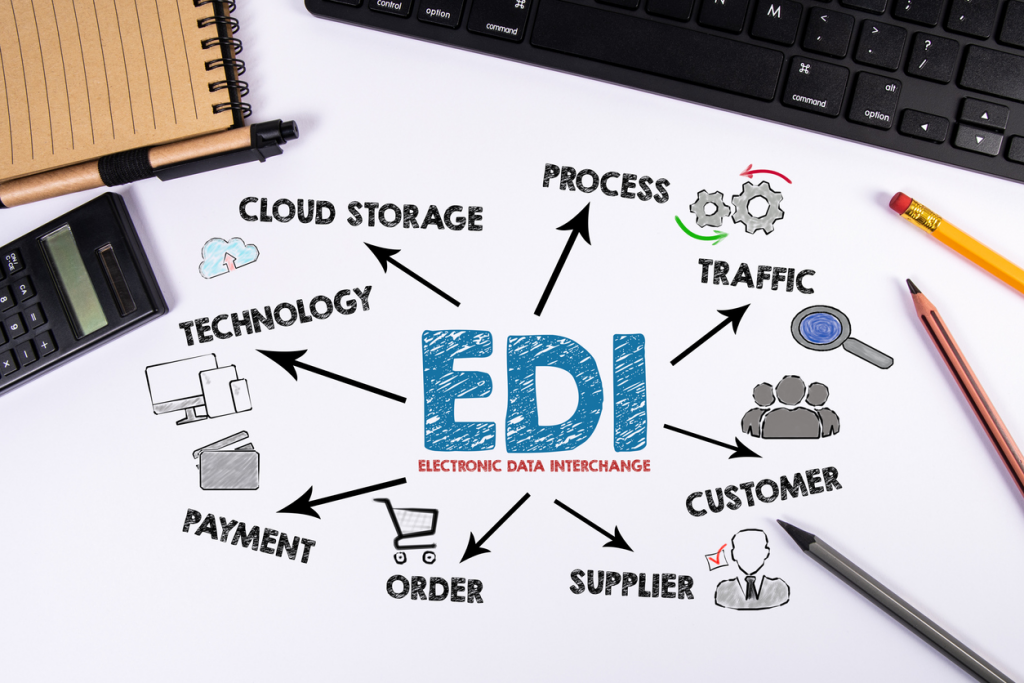Electronic Data Interchange, or EDI, is a process that has revolutionized the way businesses communicate and exchange information. With the rise of technology and the increasing need for efficient and accurate data transmission, EDI has become a crucial aspect of many industries. In simple terms, EDI is the electronic transfer of business documents from one computer system to another, without the need for human intervention. This eliminates the need for paper-based processes, reducing errors and speeding up transaction times.
In this article, we will delve into the world of EDI, exploring its history, benefits, challenges, and future trends. Whether you are an established business looking to implement EDI or a curious individual seeking more knowledge on this subject, this comprehensive guide has got you covered.
What is Electronic Data Interchange?
Electronic Data Interchange (EDI) is a computer-to-computer exchange of business documents in a standardized format. It allows companies to send and receive information electronically, eliminating the need for manual processing and paperwork. Electronic Data Interchange follows a set of standard protocols that ensure the secure and efficient transfer of data between different computer systems.
The History of EDI
The concept of EDI first emerged in the 1960s when businesses started using computers to manage their operations. However, it wasn’t until the 1970s that the American National Standards Institute (ANSI) formalized the standards for EDI. This led to the development of Electronic Data Interchange messaging standards such as ANSI X12, which is still widely used today.

The idea of EDI originated during the 1960s as businesses began utilizing computers to oversee their operations
With the advancements in technology, EDI has evolved over the years, becoming an integral part of many industries. In the early 1980s, EDI was primarily used for invoicing and purchase orders. However, with the rise of the internet in the 1990s, EDI became more accessible and widely used for a variety of business transactions.
How EDI Works
EDI follows a standard process for the exchange of information between two computer systems. The process involves four main steps: translation, transmission, reception, and processing.
- Translation: In this step, the data is translated into a standardized format that both sending and receiving systems can understand. This ensures that there are no discrepancies or errors in the data during the transfer.
- Transmission: Once the data has been translated, it is transmitted from the sending system to the receiving system using a secure network.
- Reception: The receiving system receives the data and processes it according to the predefined rules and formats.
- Processing: Finally, the processed data is integrated into the receiving system, and the transaction is completed.
Benefits of EDI
The implementation of EDI offers numerous benefits to businesses, making it an essential tool for many industries. Some of the most significant advantages of EDI include:
- Cost Savings: With Electronic Data Interchange, businesses can reduce their costs by eliminating the need for paper-based processes, such as printing, mailing, and storing documents. It also reduces the cost of errors and delays caused by manual data entry.
- Increased Efficiency: EDI automates the exchange of information, making it faster and more accurate than traditional methods. This leads to improved efficiency and productivity.
- Error Reduction: By eliminating manual data entry, EDI minimizes the risk of human error, ensuring that the data is accurate and consistent.
- Faster Processing Times: Electronic Data Interchange reduces the time it takes for a document to reach its destination, leading to faster processing times and improved cash flow.
- Improved Data Security: EDI uses secure networks and encryption methods to transfer data, reducing the risk of data breaches and ensuring the confidentiality of sensitive information.
Types of EDI
EDI has evolved over the years, leading to the development of different types of EDI, each with its own features and capabilities. The most commonly used types of EDI include:

Over time, EDI has progressed, resulting in various types of EDI that possess distinct features and capabilities
Traditional EDI
Traditional EDI refers to the exchange of structured data between two systems using predefined message formats, such as EDIFACT and ANSI X12. It requires both parties to use the same messaging standard and have a direct connection for data transmission.
Internet-based EDI
Internet-based EDI, also known as Web Electronic Data Interchange, uses the internet to transfer data between systems. This eliminates the need for a direct connection, making it more cost-effective and accessible than traditional EDI.
Mobile EDI
Mobile EDI allows users to access and exchange data through mobile devices, such as smartphones and tablets. It offers the convenience of accessing information on-the-go, making it an ideal option for businesses that have a remote workforce.
Implementing Electronic Data Interchange
The successful implementation of Electronic Data Interchange requires careful planning and preparation. Here are some essential steps to consider when implementing EDI in your business:
Assess Your Business Needs
Before implementing EDI, it is crucial to determine your specific business needs. Consider the types of documents you frequently exchange with your trading partners, such as purchase orders, invoices, and shipping notices. This will help you identify the appropriate EDI standards and solutions required for your business.
Choose a Suitable EDI Solution
Selecting the right Electronic Data Interchange solution is critical to the success of your implementation. Depending on your business needs, you can choose from various EDI software or service providers. Make sure to research and compare different options to find the one that best suits your requirements and budget.
Test Your EDI System
Before going live with your Electronic Data Interchange system, it is essential to thoroughly test it to ensure that it functions correctly and meets your business needs. This includes testing the translation, transmission, and processing of data between systems.
Train Your Team
EDI requires a certain level of technical expertise, so it is important to train your team on how to use the system effectively. This will ensure that everyone involved in the process understands their roles and responsibilities, reducing the risk of errors and delays.
Challenges of EDI
While EDI offers numerous benefits, it also comes with its own set of challenges. Some of the most common challenges of Electronic Data Interchange include:

Although EDI provides numerous advantages, it also presents its own array of challenges
High Initial Investment
The implementation of EDI involves a significant upfront investment in terms of software, hardware, and training costs. This may be a challenge for small businesses or those with limited budgets.
Requirement for Technical Expertise
EDI requires knowledge of technical concepts and standards, making it a complicated process for businesses without the necessary expertise. This may require additional resources and training, adding to the overall cost of implementing Electronic Data Interchange.
Compatibility Issues
As EDI relies on standard formats, compatibility issues can arise when trading partners use different messaging standards. This can lead to delays and errors in data transfer, affecting efficiency and productivity.
Security Concerns
As EDI involves the transfer of sensitive information between systems, security is a major concern. Any breach in security can result in loss of data and damage to the reputation of both parties involved.
Future Trends in EDI
As technology continues to evolve, so does EDI. Here are some of the future trends that are expected to shape the world of EDI:
Cloud-based EDI
Cloud-based EDI allows companies to access and manage their EDI system through a web-based platform. This eliminates the need for complex software installations and makes EDI more accessible and affordable for small businesses.
Artificial Intelligence (AI)
The integration of AI in Electronic Data Interchange is expected to streamline data processing and improve the accuracy of transactions. AI can automate tasks such as data mapping, translation, and error correction, making the entire process more efficient and reliable.
Blockchain Technology
Blockchain technology holds significant potential for EDI. With its decentralized, secure and transparent nature, blockchain can enhance the security and traceability of EDI transactions, reducing the risk of fraud and errors.
Internet of Things (IoT)
The IoT involves the interconnection of physical devices through the internet. By integrating with Electronic Data Interchange, it can enable the exchange of real-time data between systems, improving supply chain visibility and decision-making.
Conclusion
EDI has come a long way since its inception, transforming the way businesses communicate and exchange information. Its numerous benefits make it an essential tool for any industry looking to streamline their operations and improve efficiency. While implementing EDI may come with its own set of challenges, staying updated on future trends and advancements can help businesses stay ahead of the game.
Whether you are just starting or have been using EDI for years, this comprehensive guide has covered all the essential aspects of EDI, from its history and types to its implementation, challenges, and future trends. It is evident that EDI will continue to play a significant role in the business world, and staying informed is key to maximizing its potential for your business.
